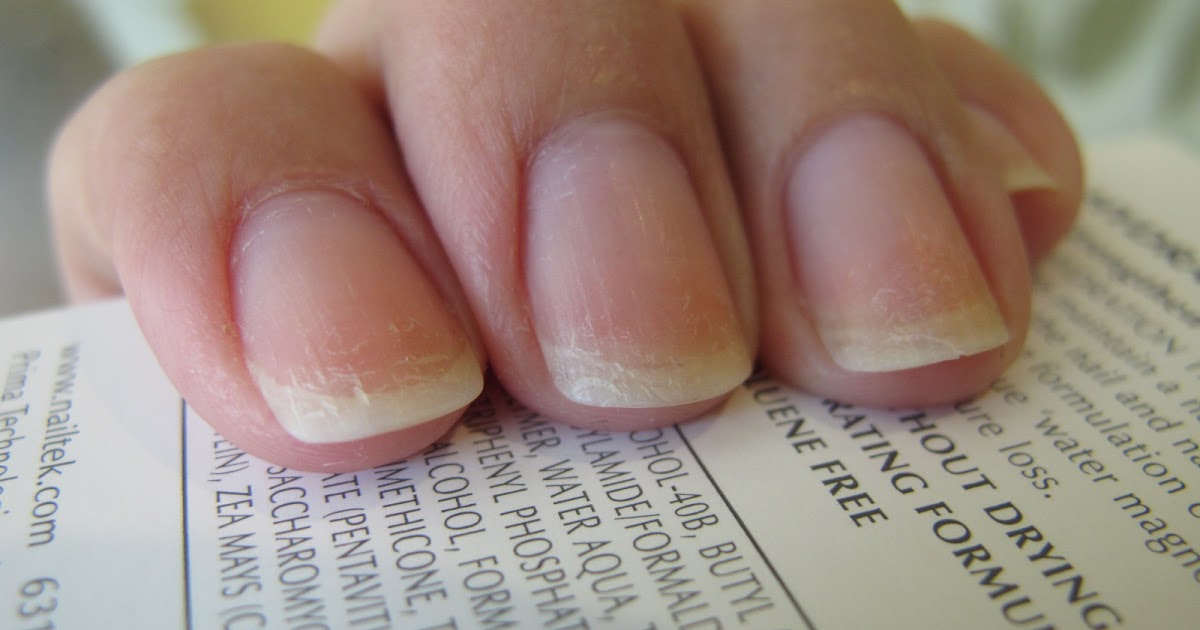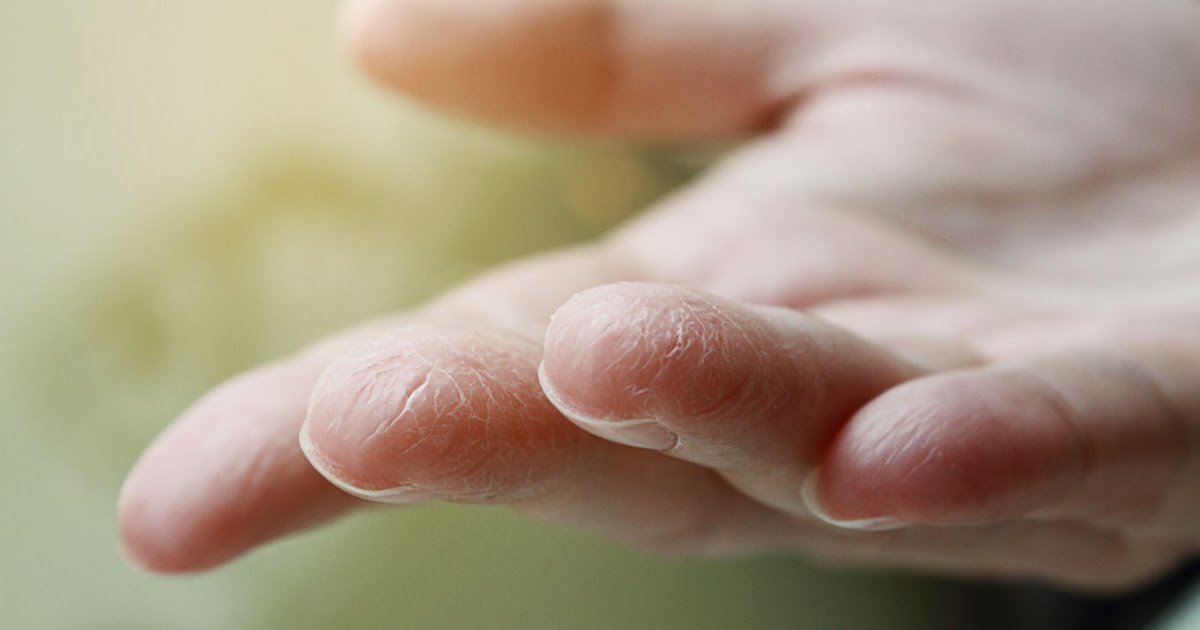Serious Symptoms Of Hypoparathyroidism
Hypoparathyroidism is a condition where an individual's body does not secrete enough parathyroid hormone (PTH). Without enough PTH, the body is unable to properly regulate phosphorus and calcium in the blood. This malfunction causes an affected individual to have abnormally low calcium levels with abnormally high phosphorus levels. The parathyroid glands in the neck are responsible for secreting PTH. Hypoparathyroidism patients have parathyroid glands that do not function properly.
Uncover the significant symptoms of hypoparathyroidism now.
Weakness And Fatigue

Weakness and fatigue are common symptoms seen in hypoparathyroidism patients. This is mainly due to the fact hypoparathyroidism causes calcium levels in a patient's blood to become lower than normal. Calcium is imperative for the normal conduction of electric currents across an individual's nerves. Nerve cells use these electric currents to send impulses to and from each other. This process is what causes muscles around the body to contract properly.
When there are low levels of calcium, the nerve cells do not have enough electrical energy to send and receive impulses to properly control the movement of muscles around the body. As a result, the patient will not be able to induce proper muscle movements and contractions with their full effort. When this occurs, the patient is considered to be feeling muscle and body weakness. After a period of time, weakness will turn into what is described as fatigue, a chronic form of weakness where an individual consistently feels too tired and weak to perform normal daily activities.
Learn more about the warning signs of hypoparathyroidism now.
Muscle Twitches And Spasms

Individuals affected by hypoparathyroidism may experience muscle twitches and spasms, which occur because of the irregularly low calcium levels in the blood of those with low levels of parathyroid hormone. The same mechanism that causes a hypoparathyroidism patient to feel weakness and fatigue can also result in frequent muscle twitches and spasms. In hypocalcemia, the nerves are unable to send impulses between each other as efficiently as they should. Muscles are also unable to relax and contract as instructed by the impulses sent by the nerves. Because these mechanisms are malfunctioning at the same time, only partial electrical impulses will make it from the nerves, through the nerve path, and to the muscles in the patient's body. This can result in muscles that spasm or contract but fail to relax as they should. Twitches occur as the muscles receive erratic electrical signals from the nerves due to poor conduction. The muscle twitches and spasms that occur in hypoparathyroidism may be mild for some patients and considerably painful for others.
Get the details on more hypoparathyroidism symptoms now.
Brittle Nails

Brittle nails are not an uncommon symptom seen in an individual with nutritional deficiencies including that of calcium. Hypoparathyroidism results in low blood calcium, which causes the nails to become weaker and grow slower than they should. The protein and keratinous makeup of human nails are very similar to the protein and keratin arrangement in human bone. So, just as the bones become weakened when there are low calcium levels in an individual's body, the nails experience the same phenomenon. The mineral density in an individual's nails is congruent to the mineral density found in their bones. The only bone related indication of hypercalcemia that can be seen with the naked eye is a sudden break or fracture of a bone from a minimal amount of trauma. However, since the nails are on the outside of the body, it is easier to observe when they begin to progressively deteriorate and become weak. Often times, ridges will appear on the nails, they will split or break easily during everyday activity, new nail growth will be minimal, and they will appear unusually thin as a result of low calcium levels precipitated from hypoparathyroidism.
Learn more about the indicators of hypoparathyroidism now.
Coarse And Dry Skin

Some patients who have hypoparathyroidism will experience coarse and dry skin. Changes in the skin are common in affected individuals because of low calcium. Hypocalcemia causes interference with keratin and other proteins in the bones, nails, and skin. Dry skin is characterized as skin that does not retain moisture properly, and coarse skin is characterized by thickened, hardened, and stiff skin. Low calcium levels make the skin extremely vulnerable to external environmental factors. Factors such as allergens, slight temperature changes, minor friction, contact with certain materials, and other factors can cause widespread irritation of an affected individual's skin. Inflammation occurs when the immune system responds to mediate irritants affecting the weakened skin. Atopic eczema, often seen in hypoparathyroidism patients, is a manifestation of an overactive immune response that causes dryness of the skin. Exfoliative dermatitis is another prevalent skin condition in affected individuals where immune-triggered inflammation of the skin causes it to become cracked, red, and scaly.
Get more information about the signs of hypoparathyroidism now.
Tingling And Burning Sensations

Many individuals affected by hypoparathyroidism experience tingling and burning sensations (paresthesia). Some patients describe paresthesia to feel like their limbs have all fallen asleep, like what happens when a healthy individual keeps their legs crossed for too long. These sensations occur because either a temporary mechanism or permanent damage is causing a restriction of nerve impulses to a region of nerves in an individual's body. In healthy individuals, this only happens when they lean or rest on one of the limbs for too long. However, if it happens chronically, it is a symptom of hypoparathyroidism. Because calcium is so critical to proper nerve electrical impulse conduction, a lack of calcium can have detrimental effects on a patient's nerves. When calcium levels are too low for too long, the nerves may not be able to communicate with each other at all. This impairment results in the numbness, tingling and burning sensations that are often felt in the limbs. Most hypoparathyroidism patients who resolve their low calcium levels tend to report improvement in these symptoms.